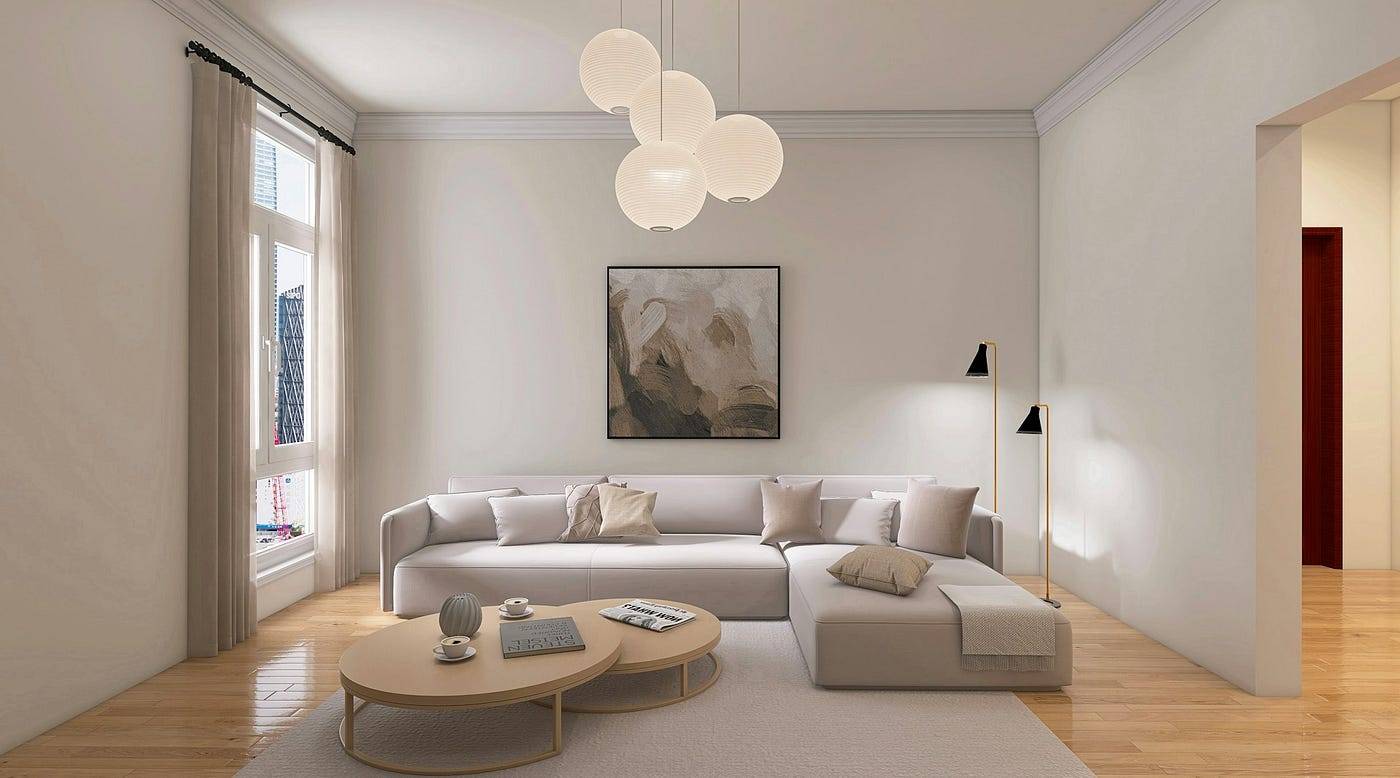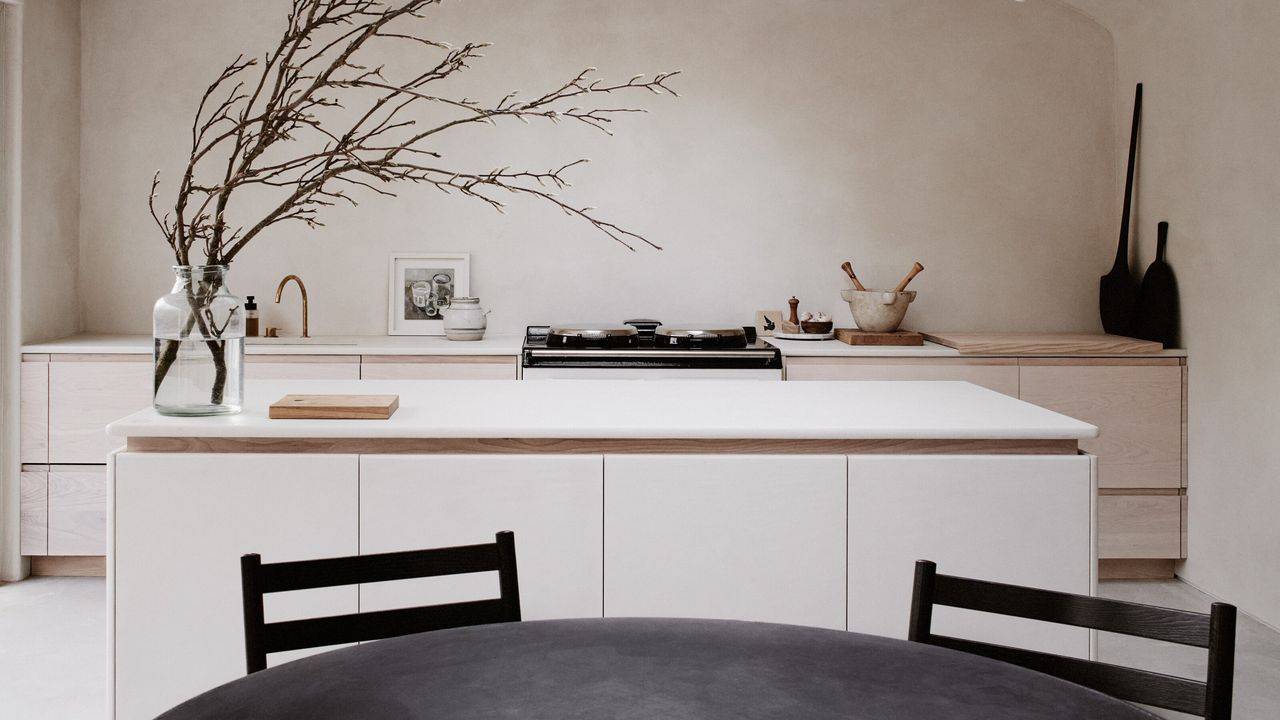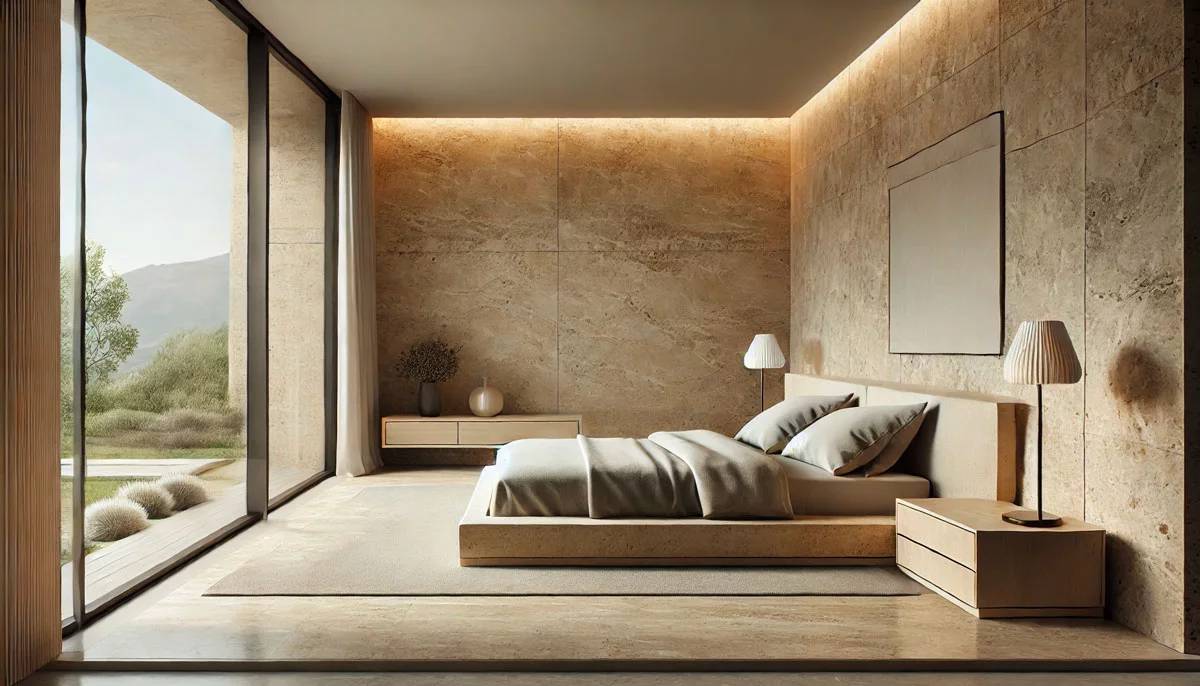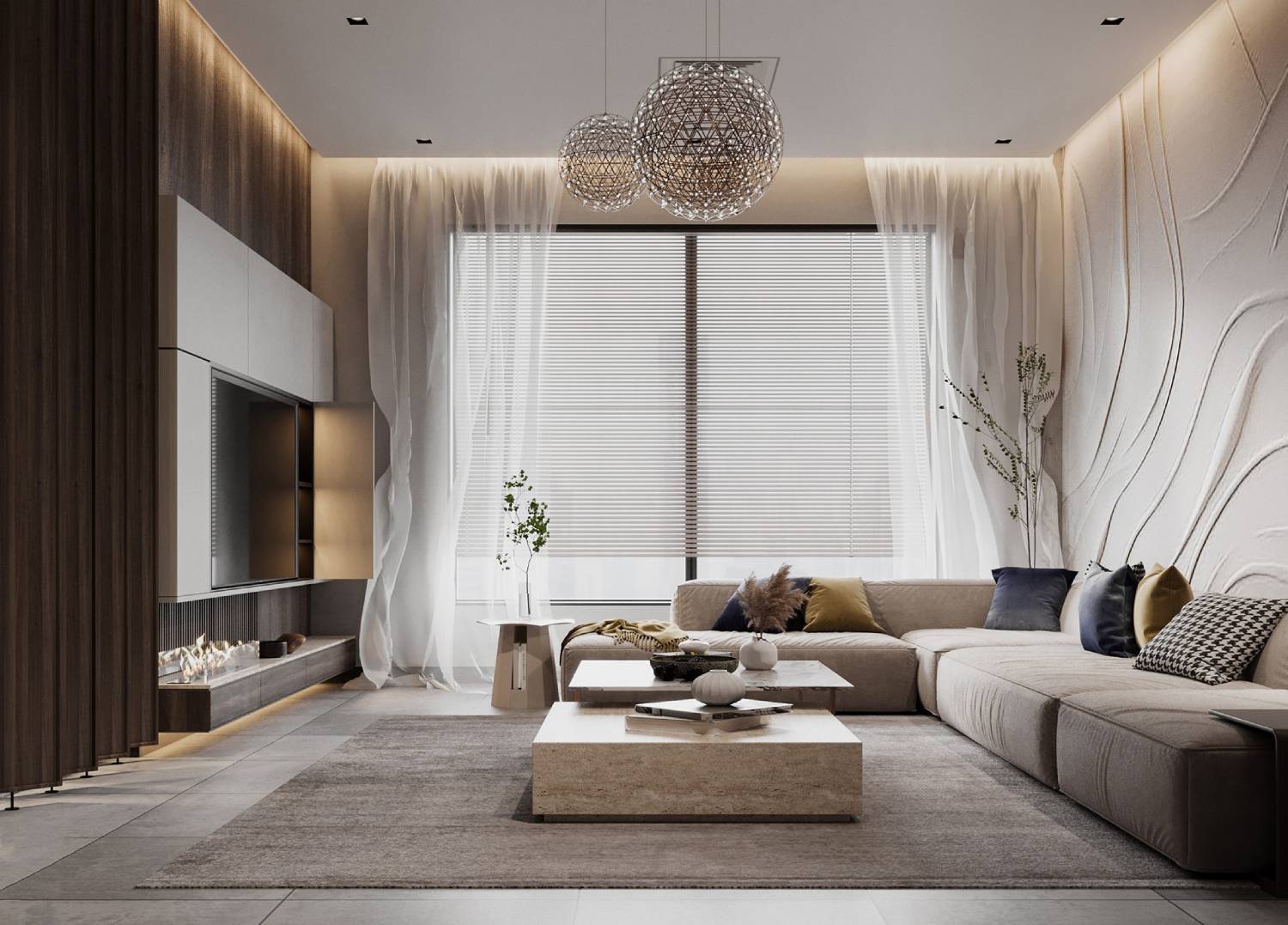
How to Choose Between Minimalism & Essentialism
In today’s fast-paced world, many people seek ways to simplify their lives and focus on what truly matters. We often feel overwhelmed and disconnected. This happens because of constant information, consumerism, and endless commitments. Two philosophies that offer solutions to this modern dilemma are minimalism and essentialism. While both advocate for a more intentional way of living, they differ in their approaches. This article looks at the differences between minimalism and essentialism. It helps you find which philosophy fits your values and goals best.
Quick Guide: How to Choose Between Minimalism & Essentialism
- Minimalism focuses on eliminating excess—whether possessions, commitments, or distractions—to make room for meaningful experiences.
- Essentialism emphasises doing less but doing it better by focusing only on what truly matters, aligned with your core values.
Understanding Minimalism and Essentialism
Minimalism and essentialism are often used interchangeably. They represent distinct approaches to simple living.
- Minimalism is about getting rid of excess. This includes physical items, digital clutter, and mental distractions. By doing this, we make room for more meaningful experiences. It encourages mindful consumption and conscious decision-making.
- Essentialism focuses on finding what truly matters. It encourages us to invest our time and energy wisely. It’s about doing less and doing it better. Make sure every commitment and possession matches your core values.
The Benefits of Simple Living
Living minimally or embracing essentialism offers numerous benefits, including:
- Reduced stress: A clutter-free environment and simplified schedule enhance mental clarity.
- Improved focus: Prioritizing essentials helps you direct energy towards meaningful pursuits.
- Enhanced well-being: Mindful living fosters a sense of fulfilment and peace.
- Environmental impact: Conscious consumption leads to sustainable choices and less waste.
Pro Tip: Combine both philosophies for a more balanced lifestyle—declutter excess while prioritising what aligns with your values.

How to Choose Between Minimalism and Essentialism
Evaluating Your Current Lifestyle
Assess areas of your life that feel overwhelming. Take inventory of your physical possessions, commitments, and routines. Identify aspects that bring joy and those that create stress.
Defining Your Core Values
Both minimalism and essentialism require a clear understanding of what matters most. Think about what matters most to you: family, creativity, health, or personal growth. Let these values help you make choices.
Exploring Minimalism: Actionable Steps
If minimalism resonates with you, start with these practices:
- Declutter Your Space: Tackle one area at a time and remove items that no longer serve a purpose.
- Simplify Your Wardrobe: Adopt a capsule wardrobe with versatile, high-quality pieces.
- Reduce Digital Overload: Unsubscribe from unnecessary emails and minimise social media distractions.
- Practice Conscious Consumerism: Before making a purchase, ask yourself if the item adds real value to your life.
- Focus on Experiences, Not Things: Spend your time and money on meaningful experiences instead of material items.
Embracing Essentialism: Practical Strategies
For those drawn to essentialism, consider these steps:
- Identify Your Priorities: Write down your top priorities and align daily actions with them.
- Learn to Say No: Declining non-essential commitments lets you focus on what truly matters.
- Eliminate Distractions: Create an environment conducive to deep, focused work.
- Prioritise Rest and Recovery: Essentialists recognise the importance of well-being for sustained productivity.
- Focus Your Time: Engage in fewer activities but ensure they align with your core values.
The Role of Mindful Consumption
Whether you choose minimalism, essentialism, or a blend of both, mindful consumption is key. Be intentional about what you allow into your life—whether it’s possessions, commitments, or information. This practice encourages sustainable choices and reduces unnecessary accumulation.
Common Mistakes to Avoid
- Over-Decluttering: Avoid discarding items impulsively, as it may lead to regret.
- Neglecting Balance: Both philosophies require flexibility to ensure long-term fulfilment.
- Ignoring Emotional Attachments: Recognize the sentimental value of certain possessions and commitments.
Integrating Minimalism and Essentialism
You don’t have to choose one philosophy exclusively. Many find that blending elements of both leads to a more balanced and fulfilling lifestyle. You create a life centred on intentionality and purpose by reducing excess while focusing on what truly matters.
Important: Avoid over-decluttering or rigidly following one philosophy; maintain flexibility and balance to sustain long-term fulfilment.
FAQ
Can I practice both minimalism and essentialism?
Yes, many people integrate both philosophies to create a balanced lifestyle. Minimalism helps remove excess, while essentialism focuses on prioritising what matters most.
Is minimalism just about getting rid of stuff?
No, minimalism is about intentionally choosing what adds value to your life. It’s not just about decluttering but also about simplifying commitments and mental distractions.
How do I start living more minimally?
Begin by decluttering one area at a time, reducing digital distractions, and being mindful of new purchases.
What is the biggest challenge of essentialism?
A big challenge is learning to say no to things that aren’t essential. This takes discipline and self-awareness.
Can essentialism help with work-life balance?
Essentialism helps you focus on important tasks. It encourages you to cut out what isn’t needed. This leads to improved time management and a better work-life balance.
How can I maintain a minimalist or essentialist lifestyle long-term?
Regularly evaluate your possessions, commitments, and priorities. Stay mindful of what you allow into your life and ensure it aligns with your values.

Choosing Your Path to Intentional Living
Choosing between minimalism and essentialism is a personal journey. It’s shaped by your values, goals, and lifestyle. The key is not rigidly adhering to one philosophy but rather cultivating a life that aligns with your true priorities.
Take the first step today by evaluating your lifestyle and defining what truly matters. Whether you choose minimalism, essentialism, or a combination of both, embrace intentional living. By doing so, you enhance your well-being and contribute to a more sustainable, meaningful world.
As the philosopher Socrates famously said, “The unexamined life is not worth living.” Reflect on your choices, make conscious decisions, and create a life that brings you joy and fulfilment.


